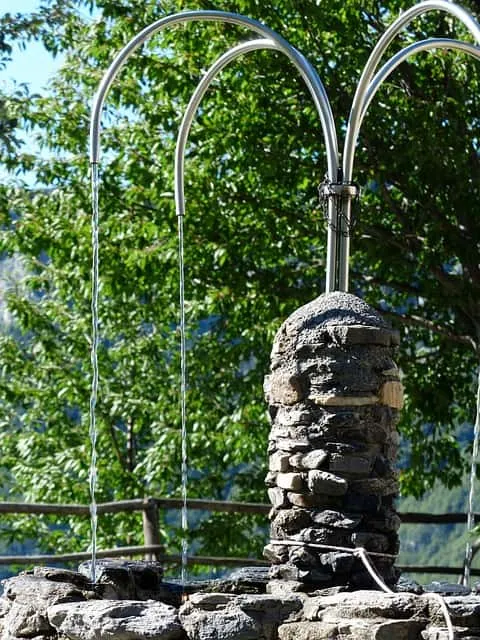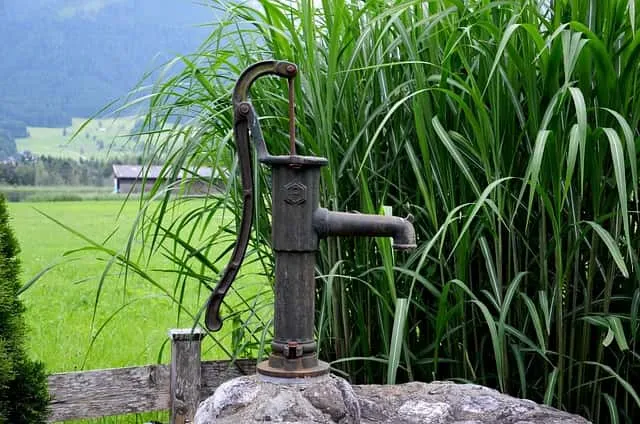In remote mountainous areas of the United States, drinking water has become a big problem in many places due to unstable electricity. Without electricity, how can we ensure that the tap water is clean and hygienic? Don't worry, today we will talk about several disinfection methods that use no electricity or less electricity, so that you can easily drink safe water at home.
1. Chemical disinfection method - simple and cheap, suitable for home use

1.Bleach and chlorine tablets - the "cost-effective king" in the disinfection industry
Simply throw bleach or chlorine tablets into the water to kill bacteria and viruses. It is super easy to operate and cheap, especially suitable for a family to use.
However, please note that if you put too much water, it will have a strange smell. It is best to test the residual chlorine concentration regularly and not put too much.
2.Sodium hypochlorite solution - fast sterilization, suitable for places with good water quality
Buy a sodium hypochlorite solution that meets the standards, dilute it in proportion and pour it into the water. It will kill bacteria very quickly. If the local water quality is good (pH value does not exceed 8.0), it is right to use it.
3.Chlorine dioxide - strong bactericidal, suitable for turbid water
Chlorine dioxide not only kills bacteria quickly, but also does not produce harmful byproducts. It is particularly suitable for treating turbid water sources with a lot of organic matter. It is very reliable for small and medium-sized water supply systems.
4.Solid slow-release disinfectant - good news for lazy people, saves time and effort
Put a solid chlorine-containing agent (such as chlorine dioxide tablets) in a pool or well, and the water will slowly dissolve the agent and continuously release the disinfectant. It does not need to be added frequently, and is particularly suitable for home water cellars or small water tanks.
2. Physical disinfection method - environmentally friendly and no residue
1.Ultraviolet sterilization - clean and environmentally friendly
Ultraviolet rays can directly destroy the DNA of bacteria, leaving no chemical residue, and are particularly environmentally friendly. However, suspended solids in the water must be filtered out before use, and it does not have the ability to continuously disinfect, so it is suitable for places with short pipe networks and concentrated water use, such as schools or small communities.
2.Solar disinfection - killing bacteria with the sun
Using solar energy to heat or generate electricity to power the UV lamp is both environmentally friendly and economical. Suitable for areas with plenty of sunshine.
3.Simple filtration + adsorption at home - DIY water purification tips
A simple filter made of sand and activated carbon can remove impurities and some bacteria from the water. Activated carbon can also absorb organic matter and improve water quality. The filter material should be replaced regularly, and it is best to use chemical disinfection for better results.
3. The simplest disinfection method - boiling method
Boiling water is the most direct and effective way to disinfect, and it can kill most bacteria and viruses. It is absolutely right to use it for drinking water at home. However, water for washing clothes and bathing still needs to be treated by other methods.
4. How to choose the right disinfection method? Remember these 4 points
1.Look at the scale of water supply
For small water supplies (less than 200 gallons per day), bleach, slow-release disinfectants, or ultraviolet light may be sufficient.
For medium and large water supplies, chlorine dioxide can better ensure water safety.
2.Check water quality
If the water is clear, ultraviolet light or chlorine dioxide will be sufficient.
If the water is turbid and contains a lot of organic matter, filter it first and then disinfect it. Chlorine dioxide is the first choice.
3.Easy to operate
Management manpower in mountainous areas is limited, so it is best to choose a method that does not require complex training and requires less maintenance. For example, for slow-release disinfectants, it is enough to replenish the agent regularly; for ultraviolet lamps, it is enough to just wipe the lamp tube.
4.Cost controllable
Bleach is cheap but needs to be added frequently; although slow-release disinfectants are more expensive at first, they save trouble later.
5. Protecting water sources is also important!

Delineate drinking water source protection areas to prevent polluting enterprises from approaching.
Reduce the use of fertilizers and pesticides, and clean the area around water sources regularly.
Optimize the water supply system, utilize the terrain difference for gravity filtration, and combine it with slow-release disinfection technology.
The government and the community can provide training to enable villagers to learn disinfection skills and regularly test water quality.
Drinking water safety in mountainous areas is related to everyone's health and is also an important part of rural revitalization.As long as you choose the right method and manage it well, you can drink clean water even if there is no electricity!